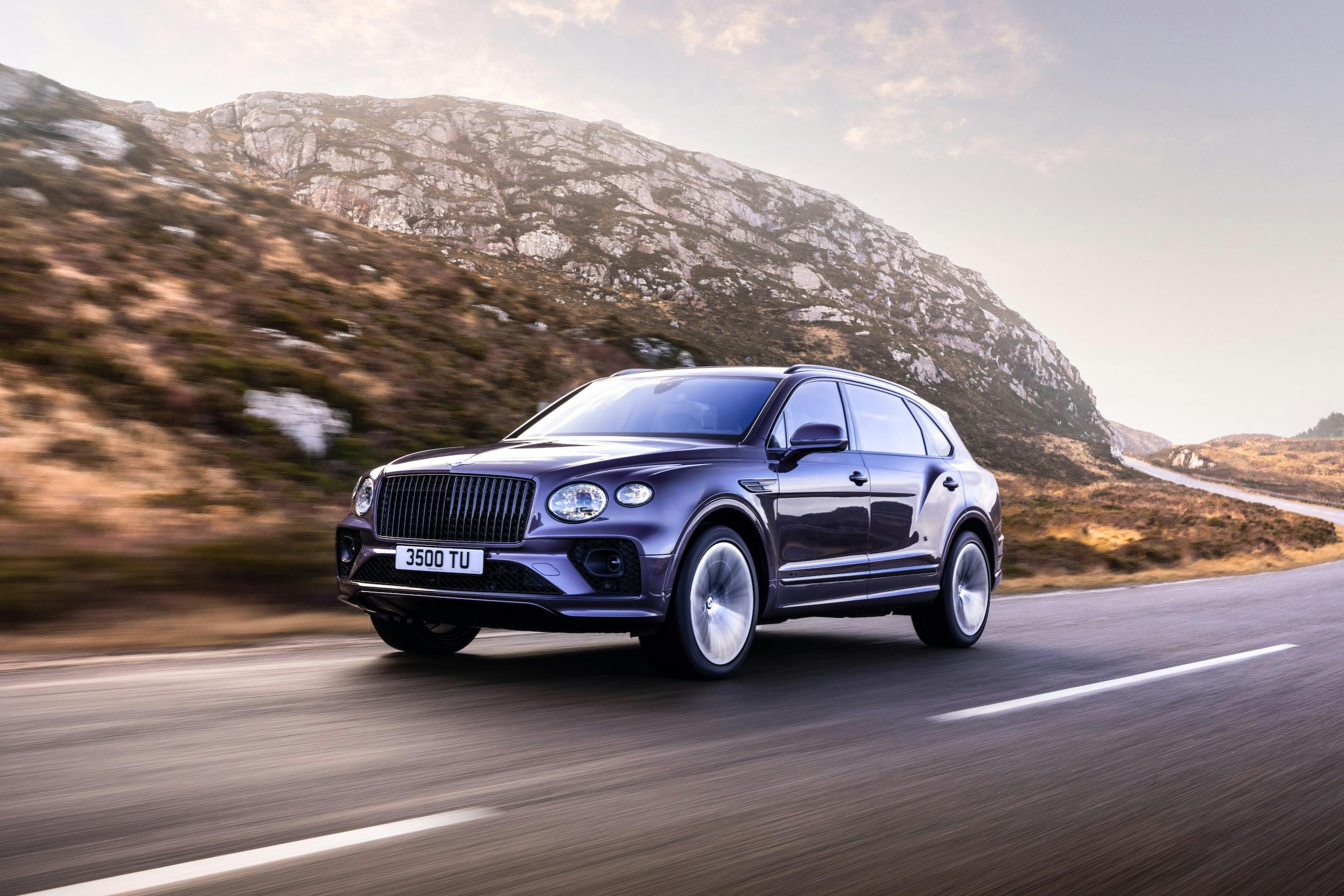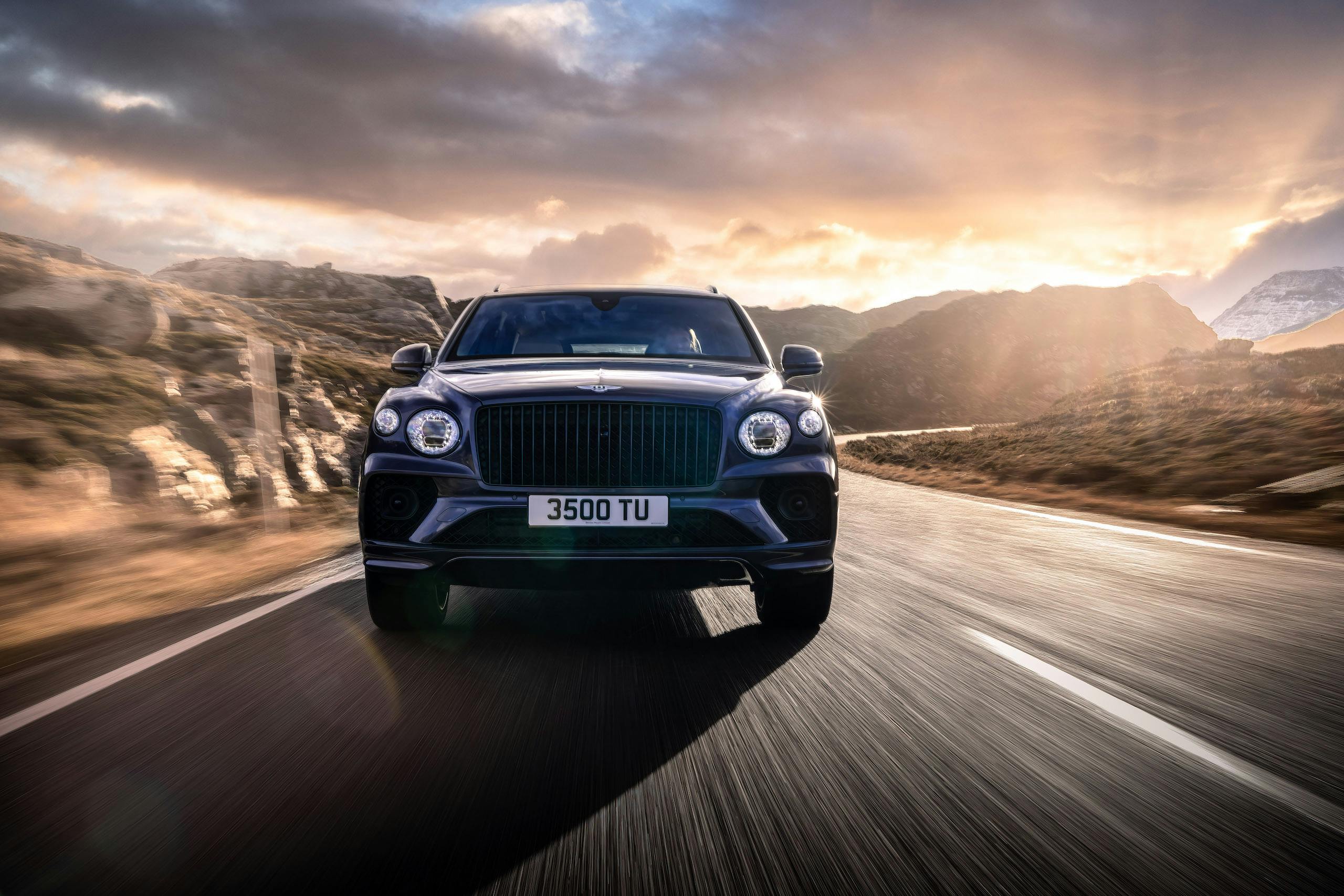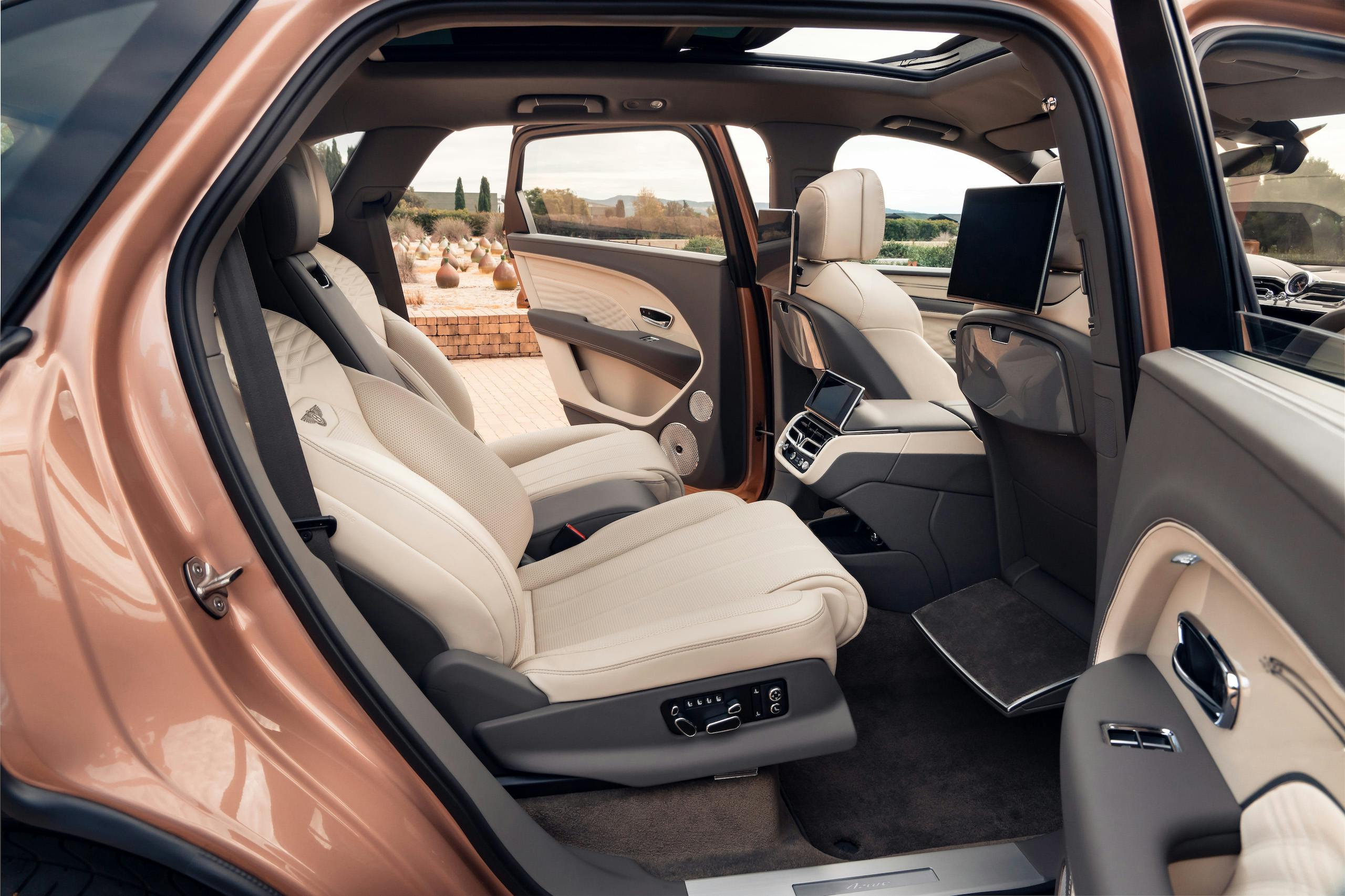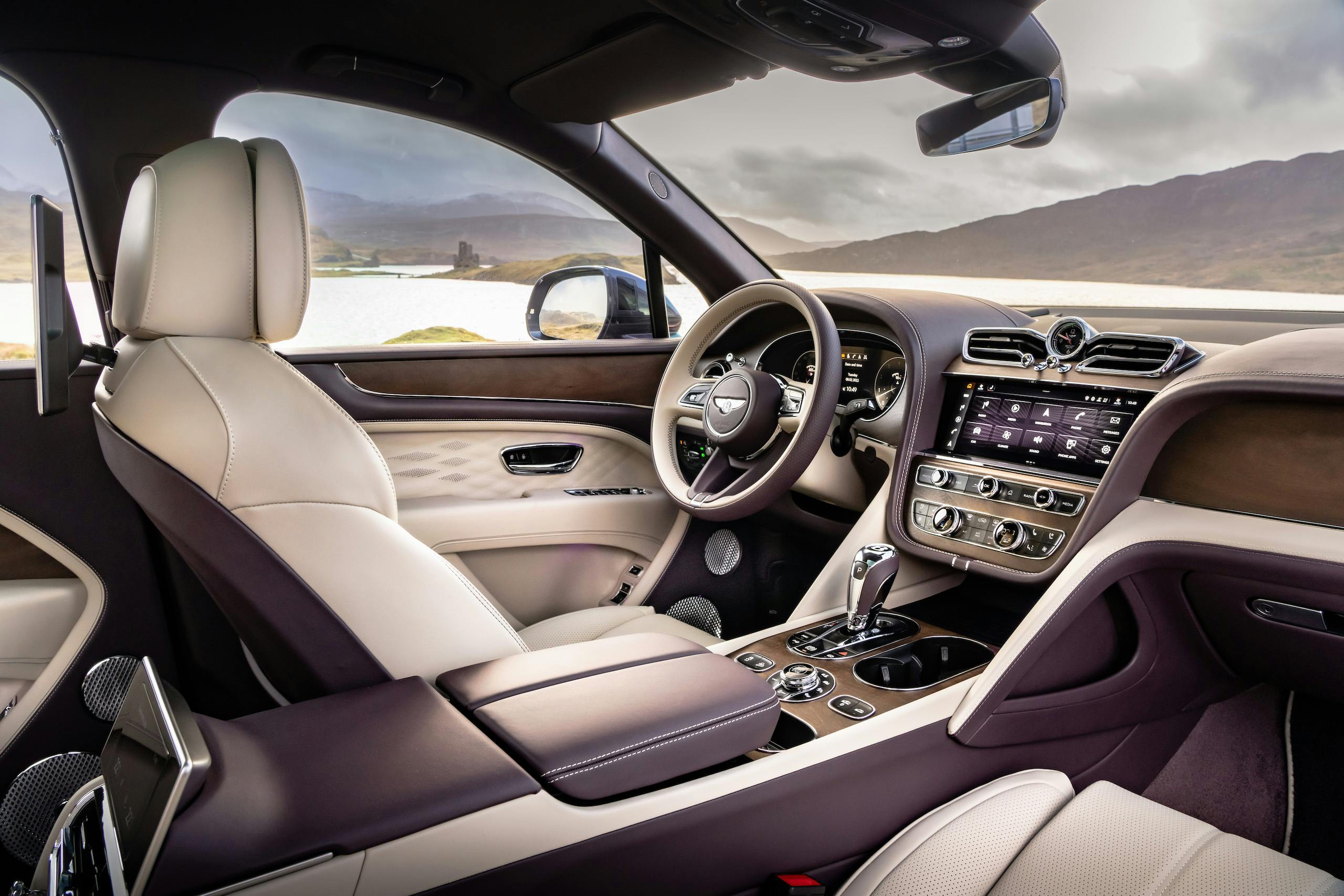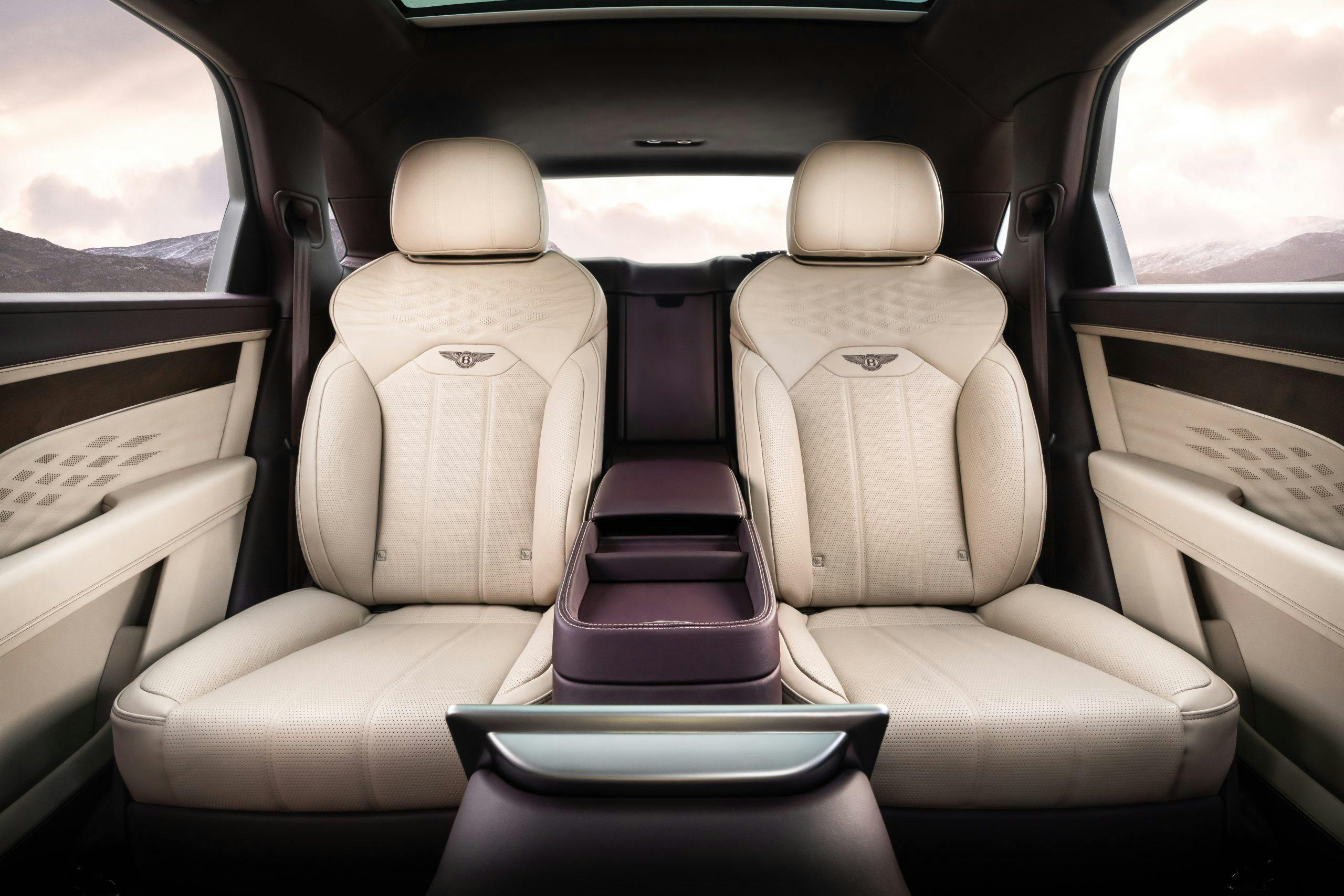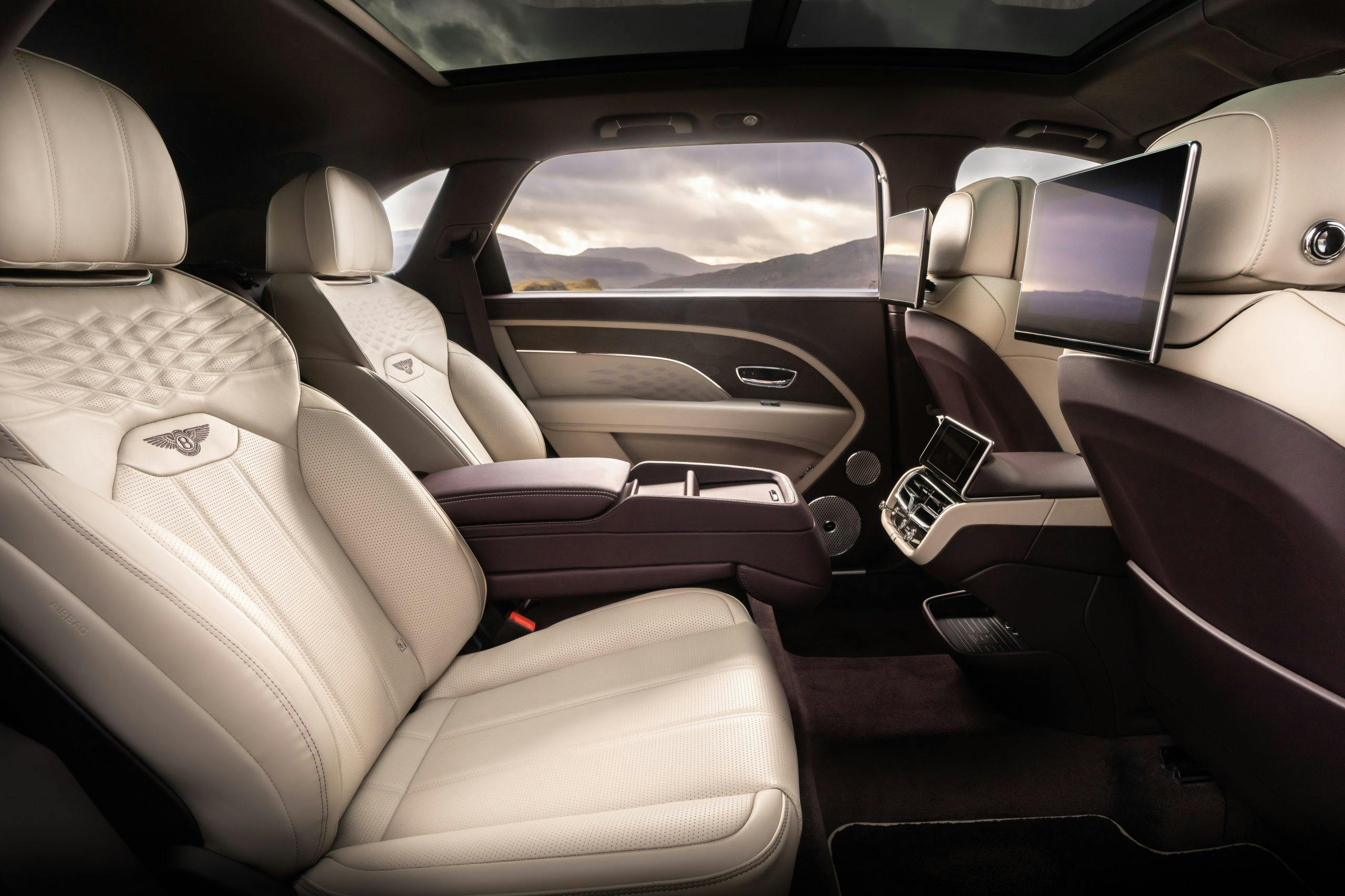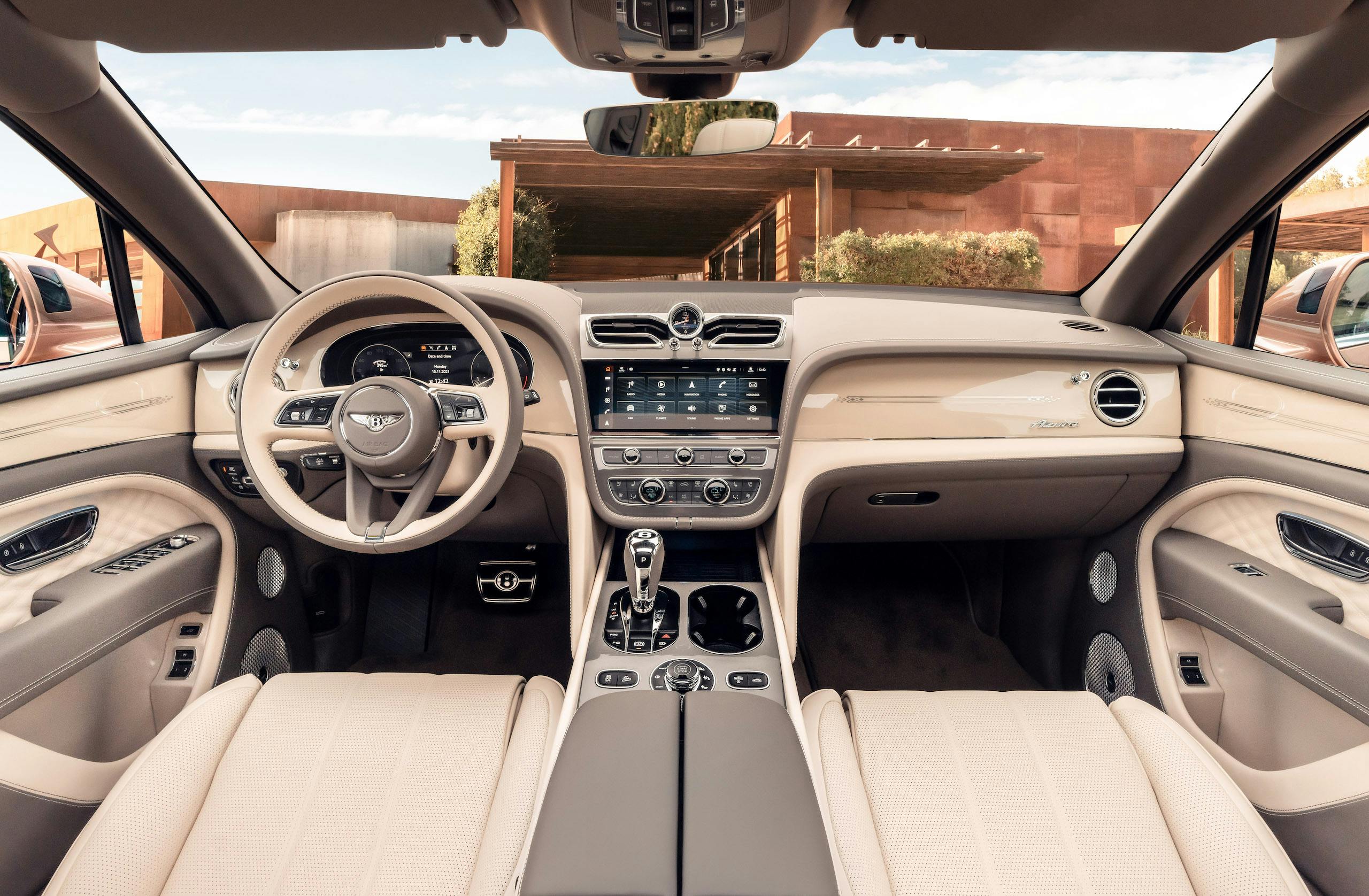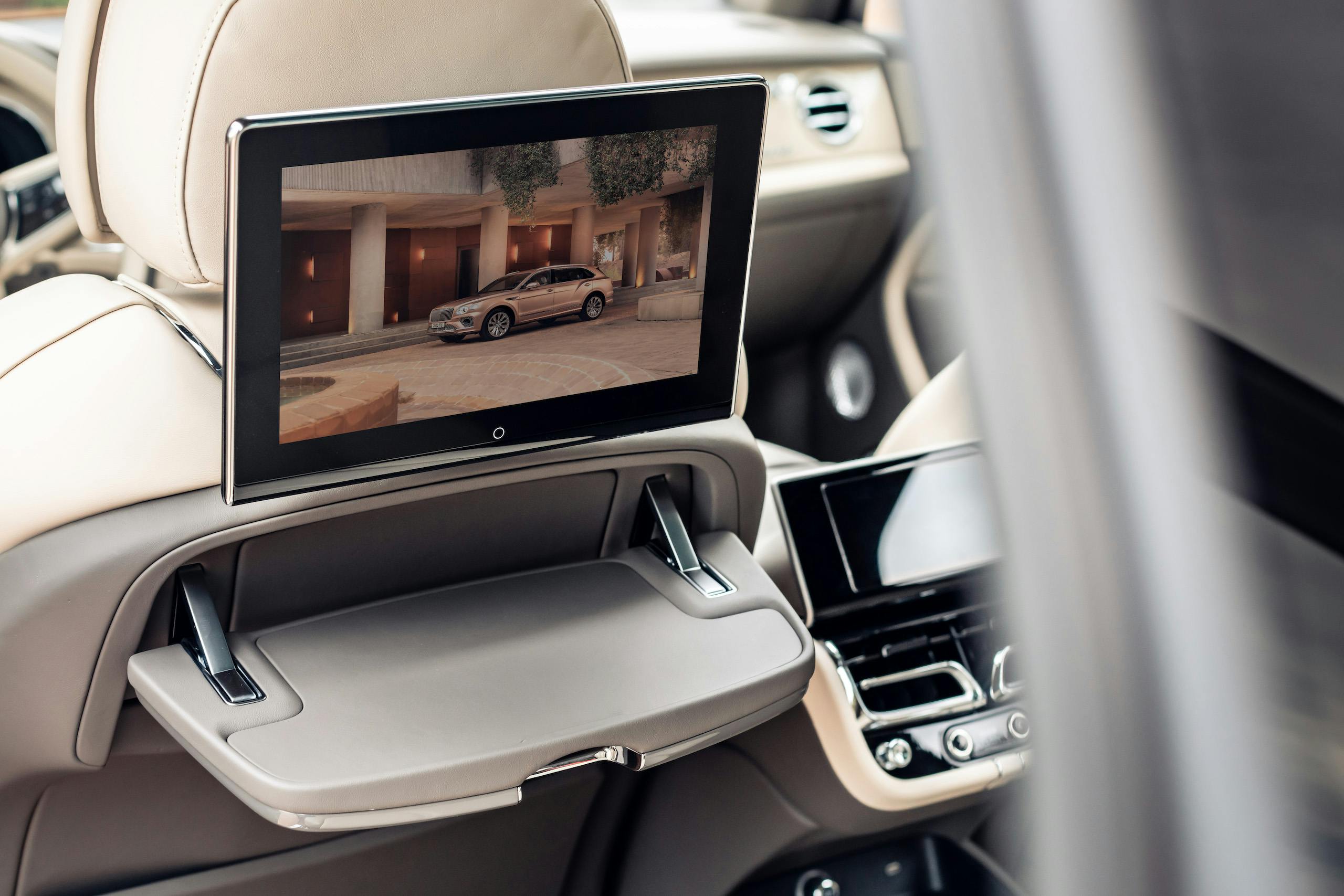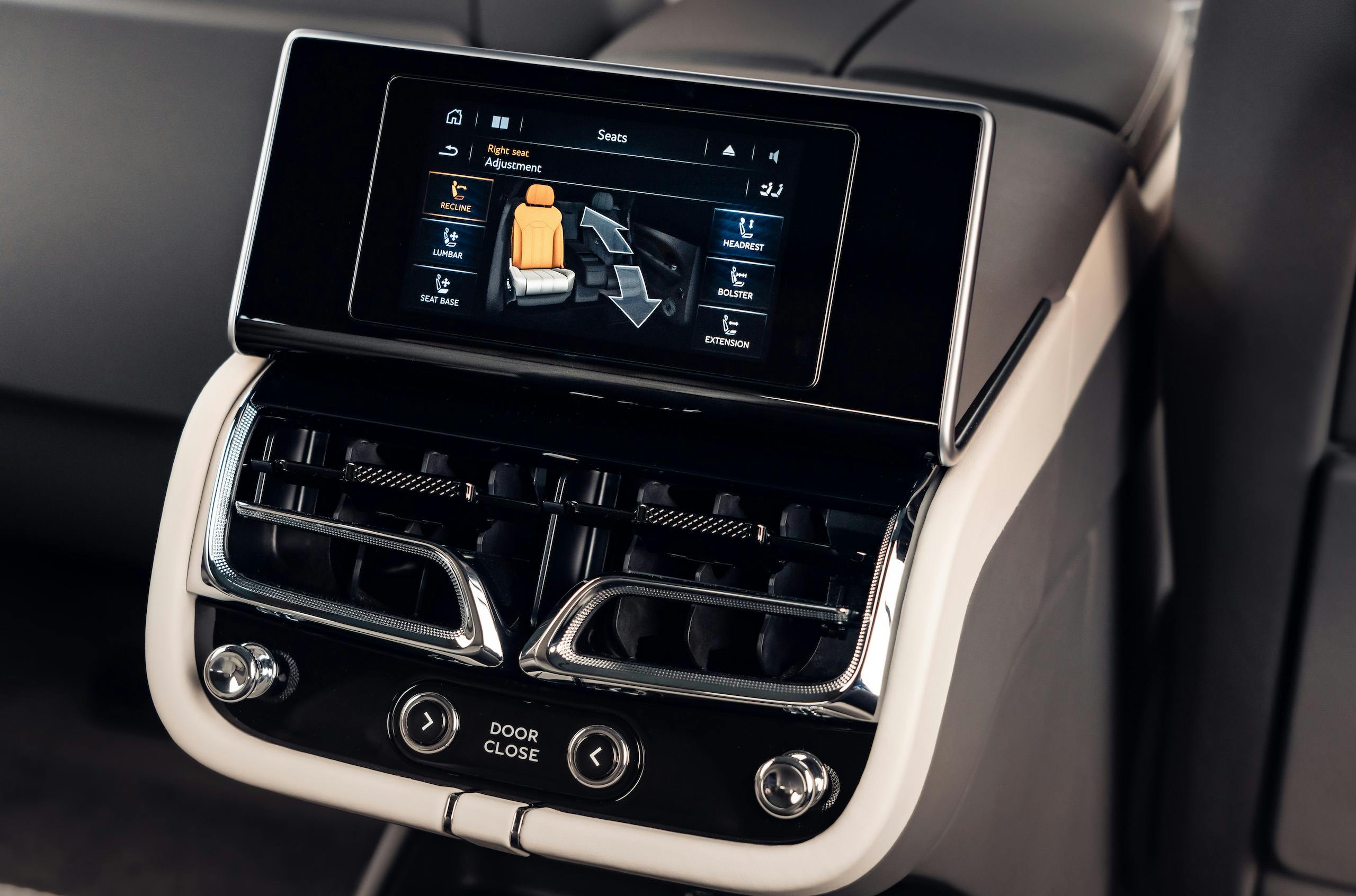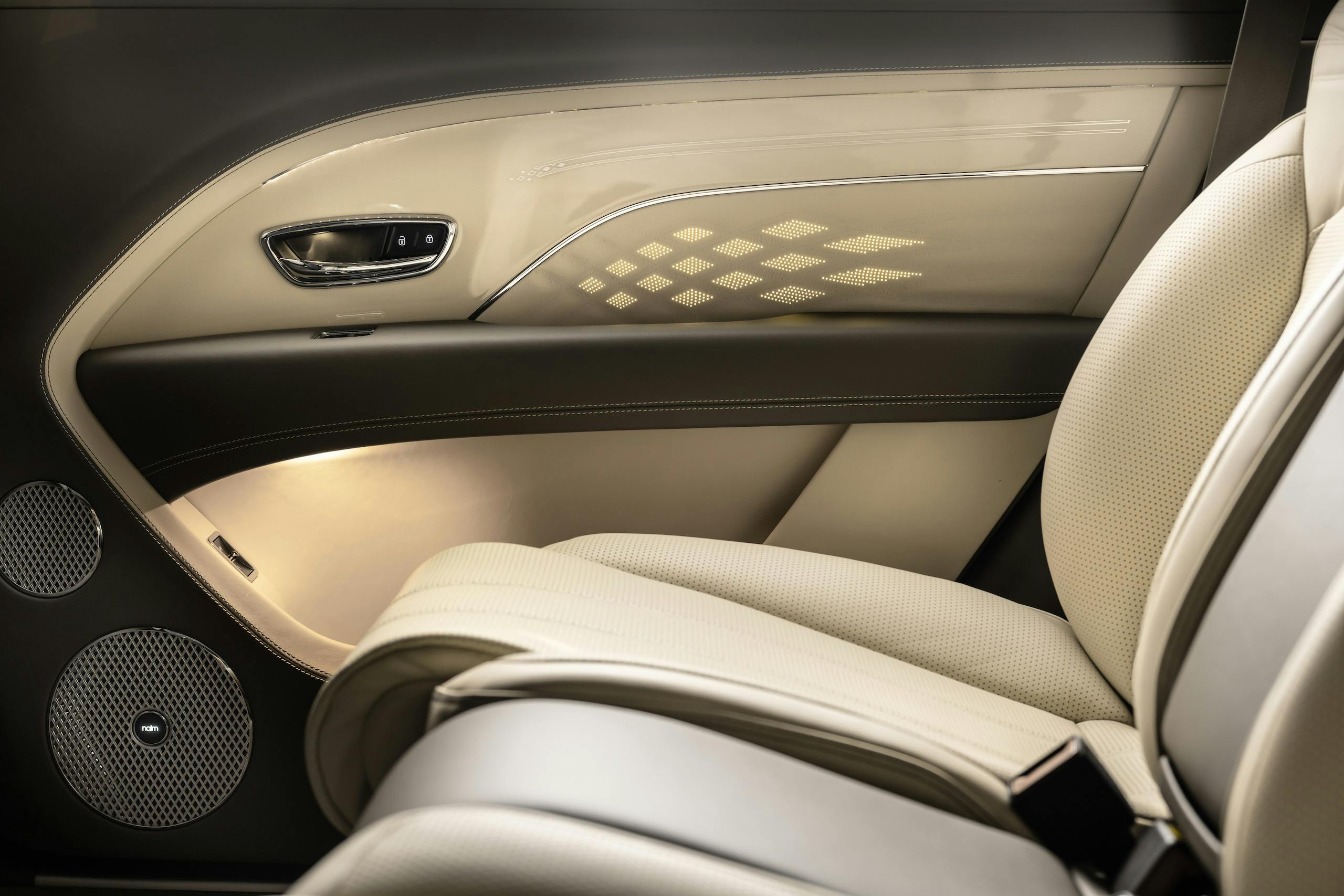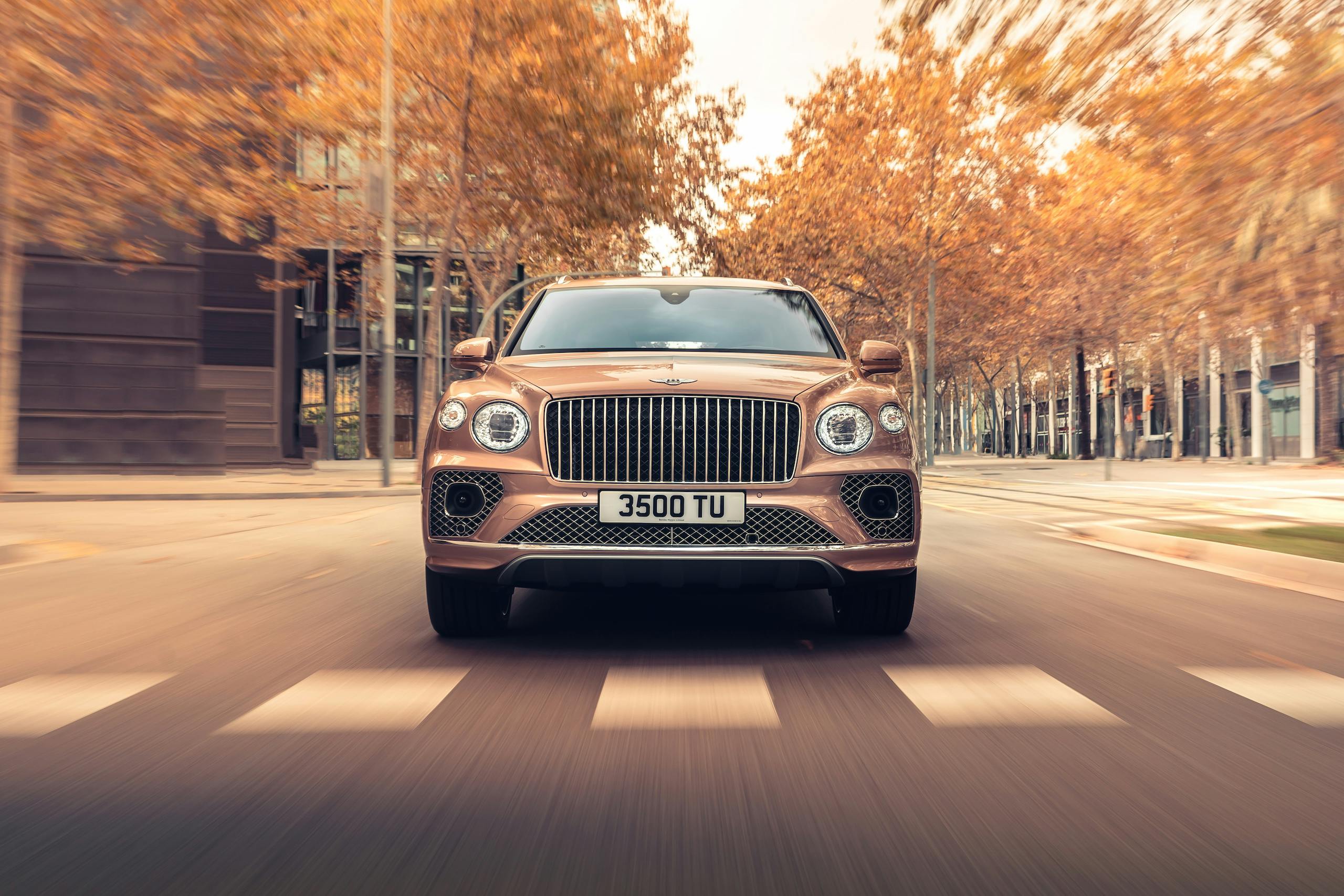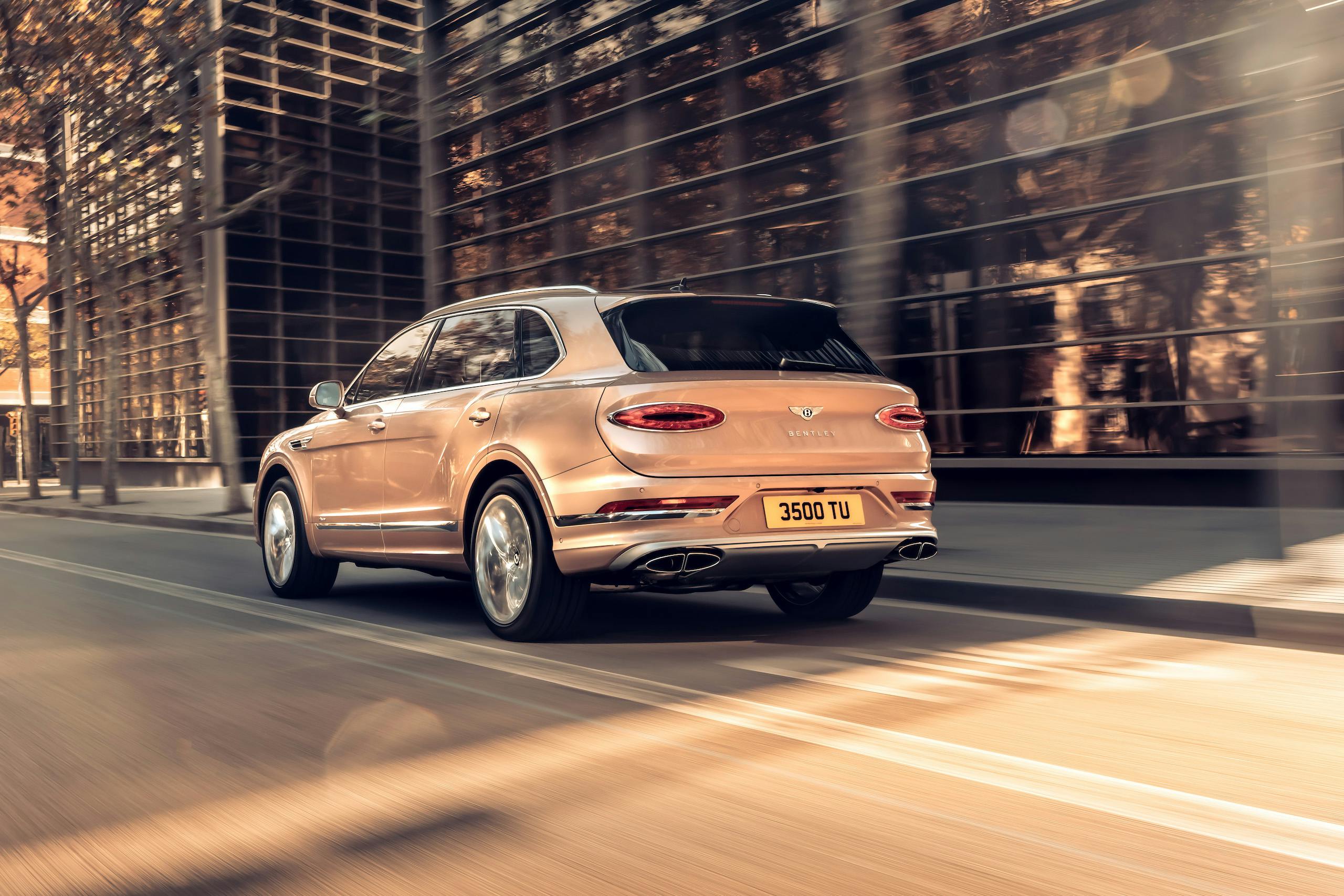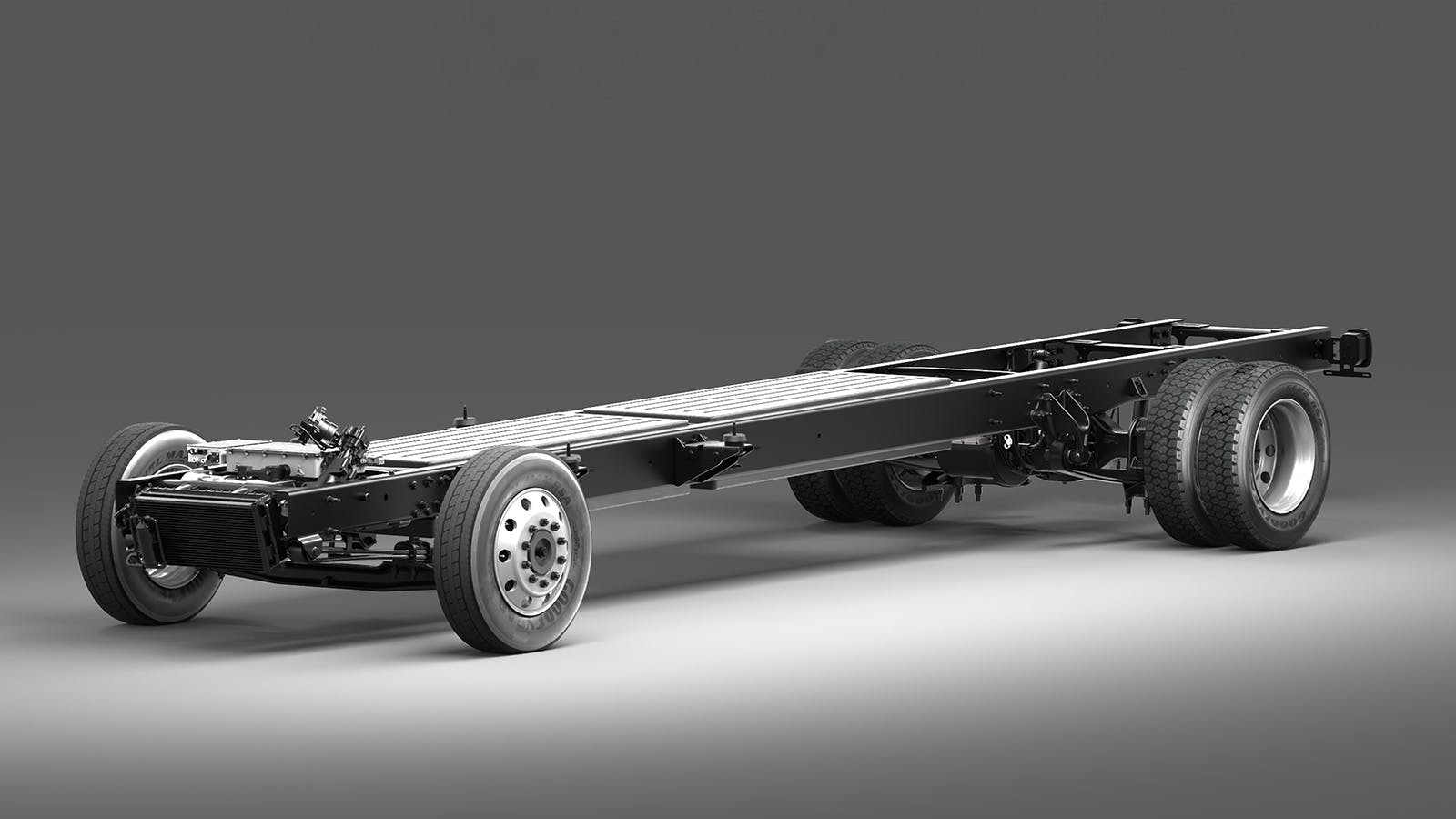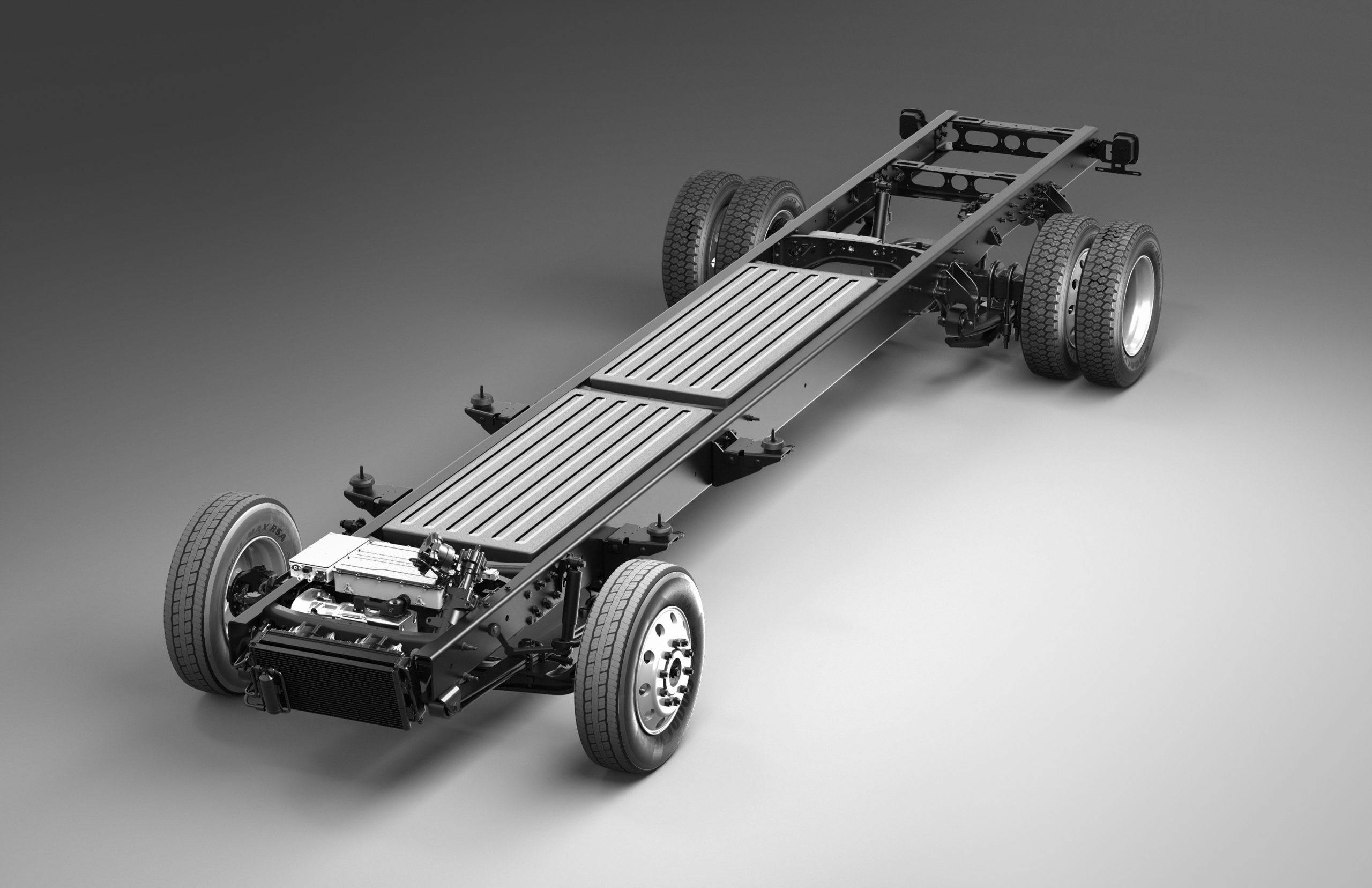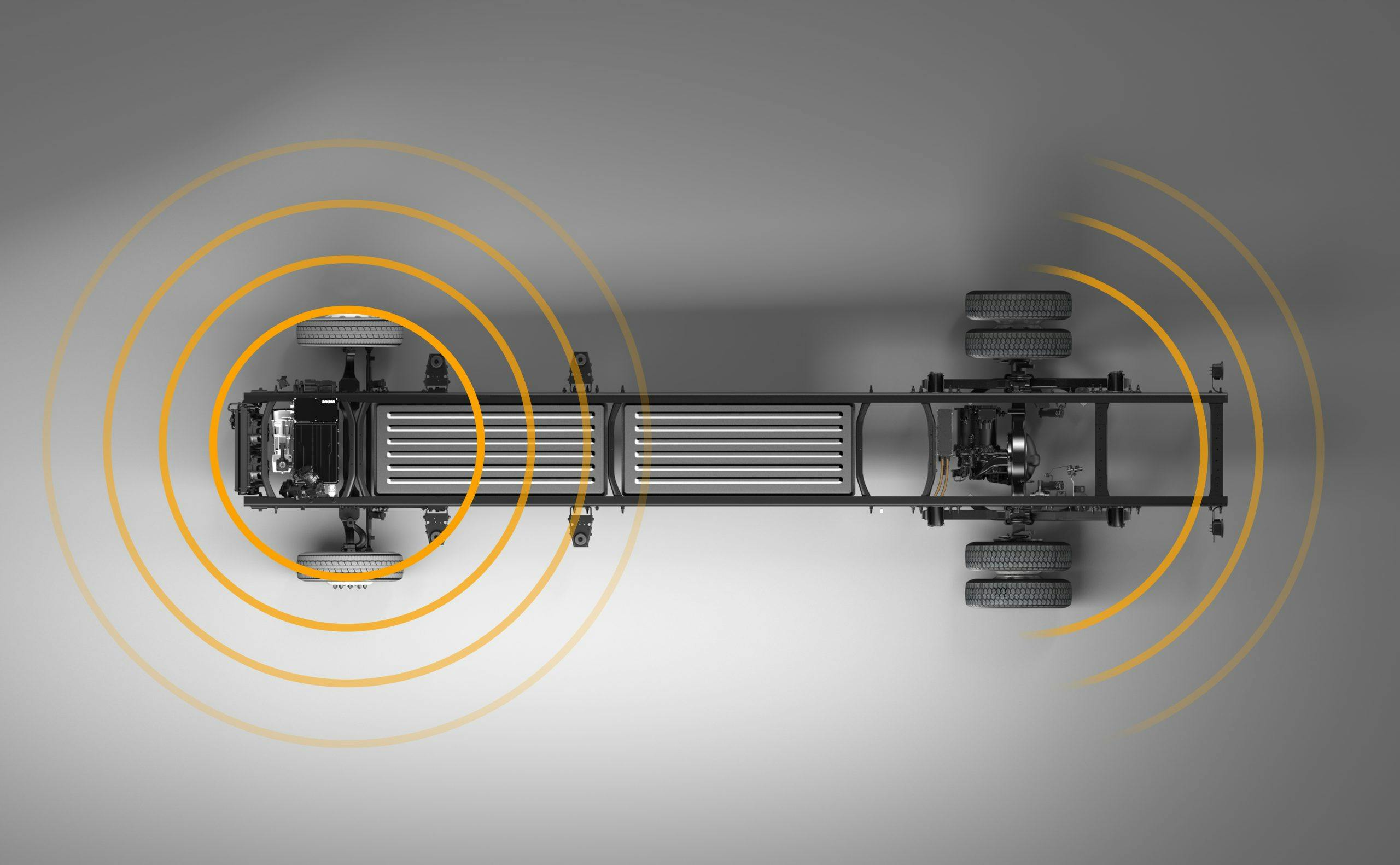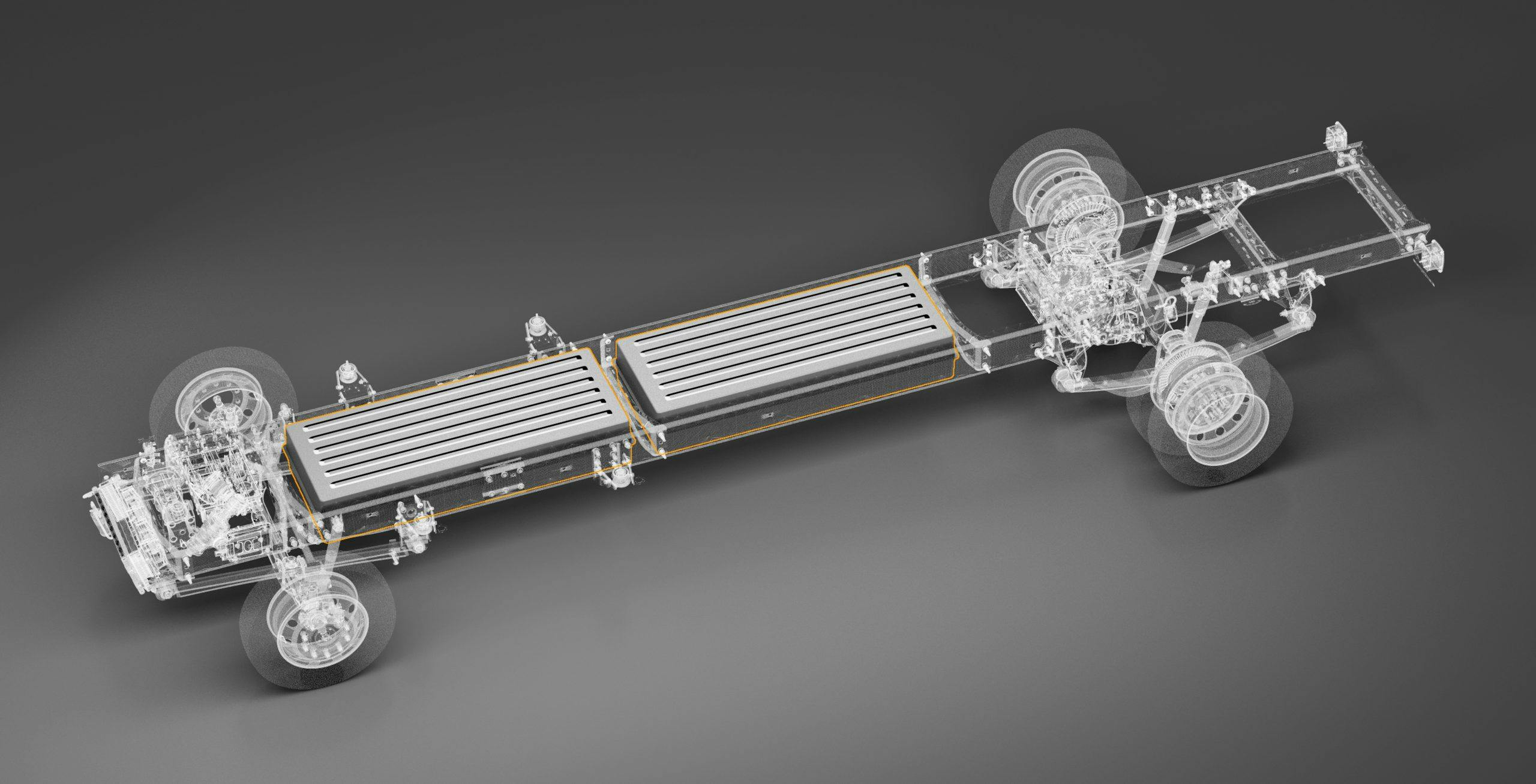Bentley’s bigger Bentayga, IIHS ponders safer tests, a French concept with no brakes
Bentley’s Bentayga Extended Wheelbase adds space and swank to second row
Intake: Following a teaser released early last week, Bentley has pulled the silk off its biggest SUV yet—the new Bentayga Extended Wheelbase. True to the name, the Bentayga EWB adds 7.1 inches between the wheels, bringing that measurement to 125 inches. Overall length stretches to 208.9 inches, and the added length (7.1 inches relative to the regular Bentayga) is gifted entirely to a larger rear door.
The new super-ute is the result of a nine-figure investment by Bentley to create what it calls “the best rear cabin experience since the Mulsanne.” To that end, Bentley has fitted extraordinary seats in the second row that can automatically manipulate heating and ventilation based on an occupant’s temperature and surface humidity. Oodles of adjustability including up to 40 degrees reclining range and endless contour settings help minimize fatigue over a long journey. A 4+1 seating arrangement will be standard, with a middle seat that can double as a ski pass-through. Other configurations include a four-seat layout with added storage and an optional champagne chiller, or a five-seat layout with fold-down seat backs.
To help this lengthy luxury liner rotate in the curves, the Bentayga EWB cribs the electric all wheel steering first introduced on the Flying Spur. The system functions like other rear-wheel-steering systems: high speeds mean the rear wheels turn the same way as the fronts, while lower speeds see the rears turn the opposite way to shorten turning radius—in this case, reducing the EWB’s 38.7-foot turning circle by 7 percent. A 4-liter, 452-hp, twin-turbo V-8 is standard, as is an eight-speed automatic. Though a hybrid option is offered on the regular Bentayga, there’s no mention of an electrified drivetrain on offer for the EWB’s initial launch. We wouldn’t be surprised if such a creation is already in the works, though. Deliveries will begin in the fourth quarter of this year, with pricing details arriving closer to the on-sale date.
Exhaust: Our speculation last week was right on the money. Bentley has been riding the Bentayga to new heights since its 2015 debut; of last year’s record 14,659 sales, the ritzy SUV accounted for just over a third of that volume. Given that other high-end automakers like Rolls-Royce and Mercedes-Maybach have introduced luxurious mega-SUVS, it was only a matter of time before Bentley followed suit. The British brand expects the new EWB variant to account for 45 percent of Bentayga sales going forward.
Insurance Institute for Highway Safety looks to increase the speeds for a key collision test
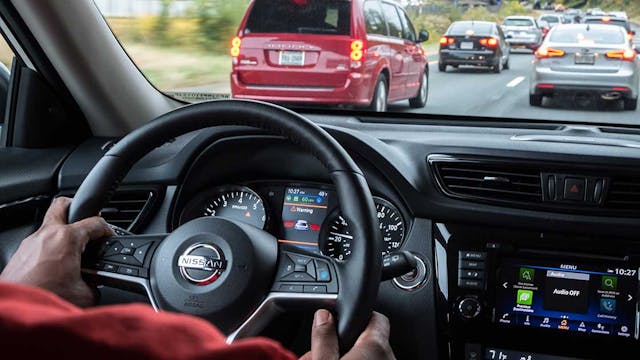
Intake: Now that nearly every new vehicle comes with automatic emergency braking (AEB), the Insurance Institute for Highway Safety (IIHS) is looking for ways to encourage even better systems that can prevent more severe front-to-rear crashes that occur at higher speeds. While the AEB technology is already cutting crash rates, a new study by IIHS Senior Research Scientist David Kidd shows that the test used to evaluate AEB represents a fraction of rear-end crashes that occur in the real world. Current testing, which simulates front-to-rear crashes in which a vehicle approaches another vehicle stopped in the road, is conducted at speeds of 12 mph and 25 mph—the new IIHS study shows that only 3 percent of police-reported rear-end crashes happen at such low speeds. Kidd says increasing the speed of the IIHS’ AEB test to 35–45 mph would make it relevant to more than 10 times as many police-reported rear-end crashes. Based on Kidd’s findings, IIHS plans to conduct research tests on six vehicles equipped with different front crash prevention systems at speeds up to 45 mph. Tests will also be conducted using different types of passenger vehicles and other machinery such as a motorcycle and various sizes of trucks as the stationary subject. The study says that at 45 mph, the proposed new test would become relevant to 43 percent of police-reported rear-end crashes, and 12 percent of rear-end crashes that result in a fatality.
Exhaust:A voluntary commitment brokered by the IIHS and the National Highway Traffic Safety Administration (NHSTA) saw 12 of 20 major automobile manufacturers equip nearly all of their light-duty vehicles produced for the U.S. market with AEB tech as early as last year. Improving AEB technology (and increasing driver/passenger safety) by expanding the testing parameters makes logical sense. We’re happy to see the IIHS isn’t resting on its laurels, as the new testing will result in better tech that benefits us all.
Bollinger partners with Roush to build commercial EVs
Intake: In January, Michigan-based Bollinger Motors announced plans to postpone its two consumer-facing EVs—the B1 SUV and B2 pickup—to pivot to commercial vehicle development. Today, Bollinger’s future became a bit clearer. According to a report from Automotive News, the firm has announced a partnership with Roush Industries to produce all-electric Class 3 through Class 6 (Gross Vehicle Weight Ratings between 10,001 and 26,000 pounds) commercial vehicles. The deal will see Bollinger source and provide all necessary materials (think frame rails, batteries and tech, electric motors, and more) to provide to Roush, which will assemble the platforms and chassis cab vehicles at its facility in Livonia, Michigan. Bollinger also has a partnership with EAVX, another engineering firm that specializes in the construction and up-fitting of commercial EVs.
Exhaust: It seems that the ambitious upstart that sought to provide deeply utilitarian EVs has been relegated (or promoted, depending on how you look at it) to become a supplier instead. Deals with firms like EAVX and Roush alleviate the pressure on Bollinger to produce its own vehicles. Were a customer to seek out Bollinger’s platforms for commercial use, the process would likely go something like this: A customer purchases a Bollinger Class 4 platform, which is then sent to Roush or EAVX for up-fitting with a cab and the requisite working equipment on the rear—flatbeds, tool storage, and the like.
McLaren’s F1 team rejects sale to Audi

Intake: Last week, we reported on VW Group’s intentions to unleash Audi and Porsche into the Formula 1 landscape. While the capacity in which the two marques participate was—and still is—largely up in the air, a report from Reuters stated that Audi was ready to pay approximately $556 million for McLaren’s F1 team to enter the series. As of this past weekend, that rumored deal appears all but dead. “Our shareholders are very committed to McLaren,” McLaren boss Zak Brown told reporters from Automotive News and other outlets. “We did have conversations with Audi and we’re not for sale,” And later: “We don’t have any interest in selling the racing team … We won’t consider a buy-out of McLaren.” If Audi still wants into F1, it will have to look elsewhere.
Exhaust: What does Audi’s dead-end sale mean for the German company? Only time will tell. Regardless, props to Zak Brown for not dancing around the truth. It’s rare to have such definite answers supplied by a team boss, especially in the middle of a race weekend. Audi fans, it looks like you’ll have to wait longer to figure out where your beloved four rings will land. Maybe you’ll learn more from another team boss at next weekend’s race in Barcelona.
This French flight of fancy has no brakes
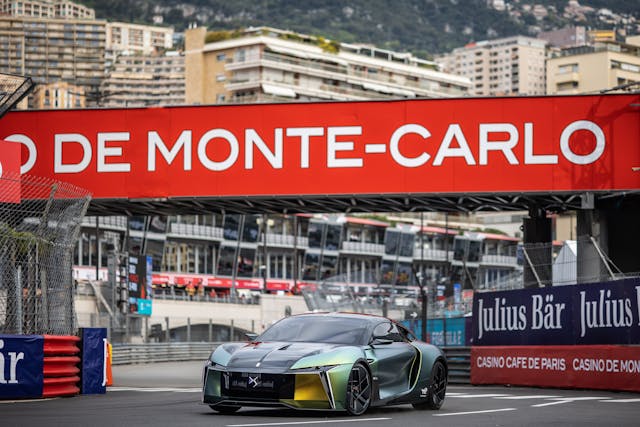
Intake: France’s DS Automobiles has come up with a concept car without a conventional braking system. Instead of standard disc or drum friction brakes, the electric DS E-Tense Performance uses only regeneration from its powertrain to slow down. The powerful system can generate up to 600 kW of electrical energy using regenerative braking from two motors. Under power the same motors, which come from the company’s Formula E race car, deliver 815 hp for a 0–62 mph sprint in just two seconds. Charging is also seriously rapid, with a full top-up taking just five minutes.
Exhaust: Today’s EVs use regen in conjunction with friction braking to put the anchors on and send power back into their batteries, but this DS experiment could lead to the demise of discs and drums altogether. As Lexus has shown with its all-electric digital steering yoke the essential mechanical connections between car and driver could soon become redundant, but when it comes to such essential safety items and steering and braking, the question remains—should they?
Ford cashes out sizable chunk of Rivian equity

Intake: It’s no secret that markets are bleeding across the board, but Rivian was particularly worse for wear at market open and throughout yesterday’s trading, closing at a new low. Over the weekend, CNBC first reported that Ford was planning to sell off 8 million shares of its holdings in the EV company once the post-IPO insider lockup lifted. That’s a sizable chunk of Ford’s 102 million-share total stake in the fledgling automaker. Similarly, JPMorgan Chase reportedly sold off a 13–15 million-share block to a separate unnamed entity with an individual share price of $26.90. News of institutional selloffs likely spooked smaller investors out of their positions, piling on the day’s losses for Rivian. The company is expected to report their Q1 results after the market closes on Wednesday of this week. As of this writing, Rivian’s stock price has rebounded slightly to $23.61/share, up from Monday’s lowest price of $22.59.
Exhaust: It could be coincidental, but the timing of two large entities trimming their positions in an EV startup days before an earnings report does seem peculiar. Regardless, it’s unlikely that the downward volatility will end anytime soon, not so long as broader market falters. (Tech stocks—which are viewed as growth stocks within the broader investing industry and which Rivian likely falls into, similar to Tesla—have been hit particularly hard.) How fast and far it will go is the bigger unknown. With uncertainty being an investor’s worst nightmare, speculative sectors like EVs may be in for a tough year. However, like Lucid, Rivian is not hurting for cash and has plenty of runway to keep itself stable. Both companies will pass some of the costs on to the customer with recent price hikes, and consumer sentiment seems to be taking that all in stride—for now.

